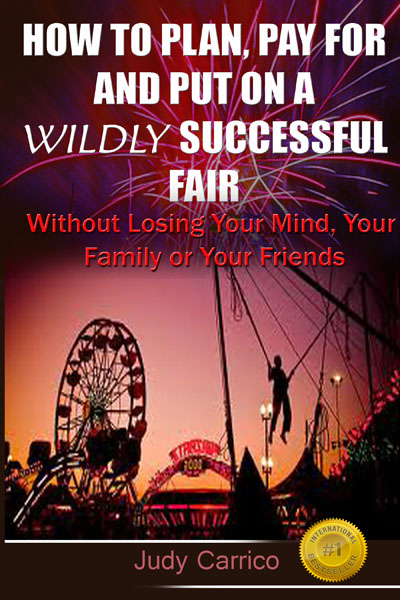
by Judy Carrico | Aug 26, 2015 | Blog, Competitive Exhibits, Fair Planning, Fair Programming
County Fair Definitions:
According to Webster: a fair usually held annually at a set location in a county especially to exhibit local agricultural products and livestock.
Wikipedia’s definition of Fairs: A fair (archaic: faire or fayre) is a gathering of people for a variety of entertainment or commercial activities. It is normally of the essence of a fair that it is temporary with scheduled times lasting from an afternoon to several weeks.
Dictionary.com defines a fair as:
noun
1. an exhibition, usually competitive, of farm products, livestock, etc., often combined in the U.S. with entertainment and held annually by a county or state.
2. a periodic gathering of buyers and sellers in an appointed place.
3. an exposition in which different exhibitors participate, sometimes with the purpose of buying or selling: a science fair.
4. an exhibition and sale of articles to raise money, often for some charitable purpose.
Fairs are so much more. A County Fair is a community’s celebration of their accomplishments, a place to reconnect with friends, learn about a new product, be entertained, or just sit and relax.
Any event can have food stands, vendors selling products/services, carnival rides, entertainment, and even competitions (who hasn’t heard of the Hot Dog Eating Contest on Coney Island every July 4th?).
In reality, many events call themselves “fairs”, however, most lack what makes a county fair unique – and that’s their competitive exhibits.
I started my Fair Industry career when I was in 4-H and FFA. I was a member of 4-H for 9 years and FFA for 3 years. I showed some livestock and also participated in what was called “home arts” and can now be considered hobby, arts/crafts, etc..
We would spend all year long preparing our items for the annual county fair. The excitement of completing the item, and then taking it to the Fair to drop it off for judging, getting our animals ready for the Fair, packing up all the feed and grooming items. And then it was off to the Fair.
Opening day we anxiously waited for the exhibit buildings to open to see what our items had won….or in some cases didn’t win. Either way, it was always exciting to see our item “on display” at the Fair!
And that is truly what makes a county fair unique.
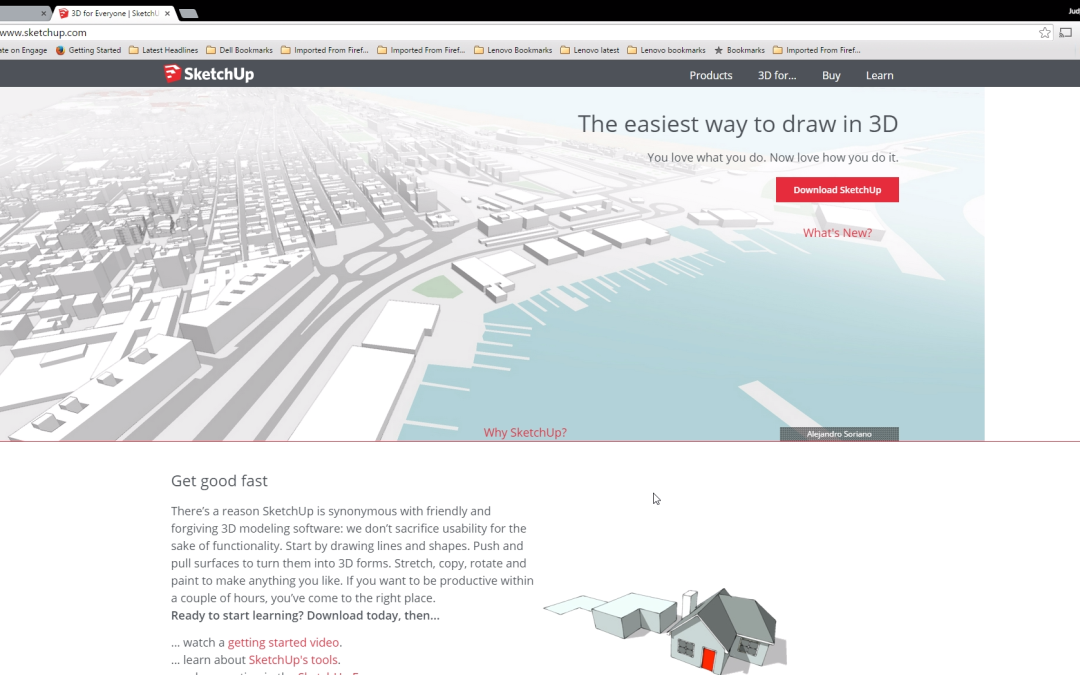
by Judy Carrico | Aug 16, 2015 | Blog, Fair Planning
Have you heard of Sketchup.com? It’s a free software you can use for creating floor plans, layouts, exhibits, etc. If you don’t have the budget for a CAD (computer aided design) software program, this is a great alternative with many bells and whistles. You can create 3D layouts as well. Imagine working with your team in designing a new layout for your exhibit building, or providing your team with an exact layout of how the building will look. You can use to distribute to vendors so they will know where their location is.
This tool can also be used whenever you would provide a layout to anyone – including those who rent your facilities. You can add in this service for an additional fee, or as an added benefit, to a promoter renting your facilities.
Go here to check it out: http://www.sketchup.com/

by Judy Carrico | Aug 16, 2015 | Blog

There are hundreds of thousands of grants available to Fairs. Unfortunately many Fairs don’t have the staff available to do the work required to find, apply, and monitor the grants. In those instances, Fairs, of any size, could do three things:
1. Find a local non-profit organization with a similar or complimentary message, purpose, audience. Look for other non-profit organizations in your city/town/region and even in the state. You can do a google search for “non-profits in my area”. Review the list, check and see what their mission/purpose is by visiting their website. If you find they have the same or similar purpose, reach out to their management team.
2. Partner with that organization to apply for grants. As a Fair, and especially if your Fair has it’s own separate non-profit entity, partnering with another organization for that grant will increase the strength of your grant application. The non-profit will have it’s own target audience, and added to your Fair’s attendance, the reach of your program is significantly increased.
3. The non-profit organization may have a grant writer on staff/under contract. Offer to pay a portion of their salary for the grant application. For Fairs, staffing is always a challenge for any project. Partnering with another non-profit that has a staff member responsible for grant applications is a great way for a Fair to tap into a highly qualified resource without incurring the entire salary. The Fair could pay the non-profit a portion of their employees salary, make a donation to the non-profit for the salary portion, or even “share” the employee.
The biggest benefit of all of these is that the Fair will gain a new community partner who will become a cheerleader for the Fair and the Fair’s programs. The non-profit will gain a new and, possibly, larger audience to get their message out to.
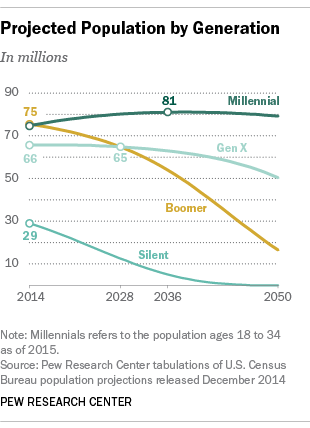
by Judy Carrico | Aug 16, 2015 | Blog, Millennials, Target Marketing
In 2015, the Millennial generation population will surpass the Baby Boom generation as the largest living generation in the US (per the US Census Bureau). The Millennials are between 18 and 34 years old in 2015. The Millennial population is projected to reach it’s highest in 2036.
Many of the Millennials are immigrants or children of immigrants who arrived in the US starting in the 1940s. (Whitehouse.gov report Oct 2014 on Millennials). As a result, the Millennials are an extremely diverse generation. In addition Millennials are very tech savvy, and value community, family and creativity in their work.
More information on Millenials:
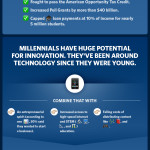
How can Fairs attract Millennials and their families?
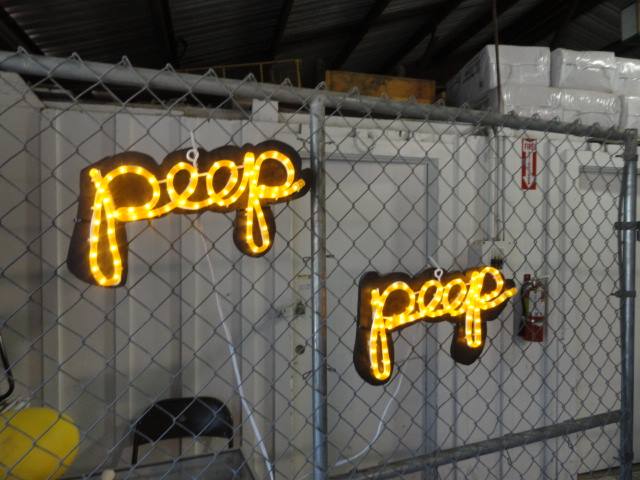
by Judy Carrico | Aug 16, 2015 | Blog, Signage
While visiting the Ventura County Fair, I saw this eye catching use of rope lights to create a sign. Very creative!







